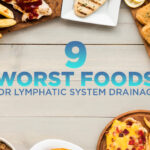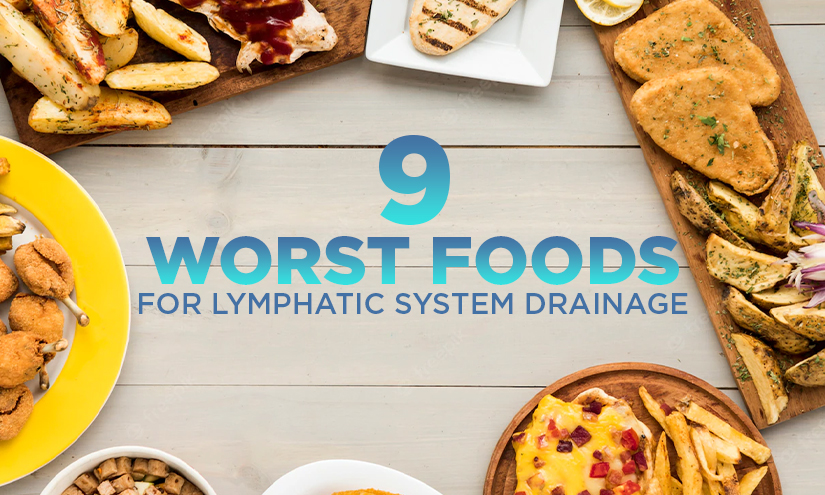Sweetened beverages may lead to fatty liver disease
Fatty liver disease appears when fat cells build up inside the liver and make more than 5%-10% of the organ’s weight.
This condition can be triggered by excessive intake of alcoholic beverages (ALD, alcoholic liver disease) but can also be the result of poor diet and obesity, insulin resistance, type 2 diabetes, polycystic ovaries, a sedentary lifestyle, smoking or hepatitis (in this case it is referred to as NAFLD, nonalcoholic fatty liver disease).
Having some fat in your liver is normal and will cause no health issue, but when triglycerides build up in high amounts, the liver can no longer process these fatty substances. In a healthy organism, triglycerides that come from one’s diet are processed inside the liver, which can also produce these substances from sugars and proteins.
The liver controls the release of triglycerides, which are sent into the bloodstream and used for other purposes. But when the liver’s ability to release or process these substances is impaired, triglycerides build up inside the organ.
Fatty liver disease that is not caused by alcohol intake affects around 20% of people in the UK, although most of them are in the early stages of the condition. However until recently this condition was considered rare, so it is interesting to take a look at the causes of NAFLD and see what contributed to this increase in prevalence for nonalcoholic fatty liver disease.
New research suggests sweetened beverages may be linked to NAFLD
A new study published in the Journal of Hepatology by researchers at the Tufts University suggests daily consumption of sugar-sweetened beverages may increase the risk for nonalcoholic fatty liver disease. These results were obtained after analyzing 2,634 self-reported dairy questionnaires from middle-aged men and women, the beverages listed in the reports including colas, fruit punches, non-carbonated fruit drinks and lemonade.
CT scans were done for measuring the amount of fat in the liver, and researchers found a higher prevalence of nonalcoholic fatty liver disease among people who reported drinking sweetened beverages daily, compared to those who drank no such beverages.
Sweetened beverages often contain high amounts of fructose, which don’t affect the blood sugar levels similarly to glucose, and this is why producers of sweets and sodas tend to use it. However, this doesn’t mean fructose doesn’t have a negative impact on the organism; it may not lead to hypoglycemia, but existing research suggests a high intake of fructose may be linked with obesity, diabetes and now with fatty liver disease too.
Fructose leads to the formation of triglycerides, uric acid and free radicals after it’s processed by the liver, and none of these is beneficial for the organism. Excess fructose consumption may lead to gout and high blood pressure, may cause insulin resistance and increase the risk for type II diabetes, may cause one to eat more calories and may lead to leptin resistance.
Glucose is used by virtually every cell inside the organism for energy production, but fructose can only be processed by the liver, so it’s not hard to understand why an increased consumption of this form of sugar may damage the liver. NAFLD is a progressive condition and even if you may not notice any significant changes in the early stages, once it evolves you will experience a series of unpleasant symptoms, such as jaundice (yellowness of the eyes and skin), dark urine, swelling of the lower tummy area and itching skin that bruises easily.
The first stage of NAFLD is called steatosis and it’s considered harmless; it comes with no symptoms so it’s easy to diagnose unless you receive an abnormal blood test result and decide to investigate further. Stage two is called nonalcoholic steatohepatitis (NASH), and affects around 2%-5% of the UK population; this form is more aggressive as the liver may become inflamed, and lead to aching abdominal pain.
Stage 3 or fibrosis appears when inflammation persists and fibrous scar tissue forms around the liver cells and blood vessels. The liver is still healthy enough to function properly but this stage is threatening as left untreated can lead to cirrhosis, the last stage of NAFLD. Cirrhosis usually occurs around the age of 50-60 and causes severe damage to the liver. It progresses slowly but can be deadly.
Thus, in order to reduce your risk of nonalcoholic fatty liver disease, watch the intake of sweetened beverages and desserts, eat fruit and veggies, avoid salty foods and increase the intake of fiber. Avoid foods high in saturated fats and eat lean cuts of meat. Opt for carb-rich foods instead of fatty foods and try to avoid rapid weight loss.
Also, practice moderate to intense physical activities for at least 30 minutes a day, to lose the excess weight if you have any, and to burn the fats that may be released into the bloodstream after fructose is processed.
Have something to add to this article? Comment below or join our Facebook community and share your thoughts with us!












